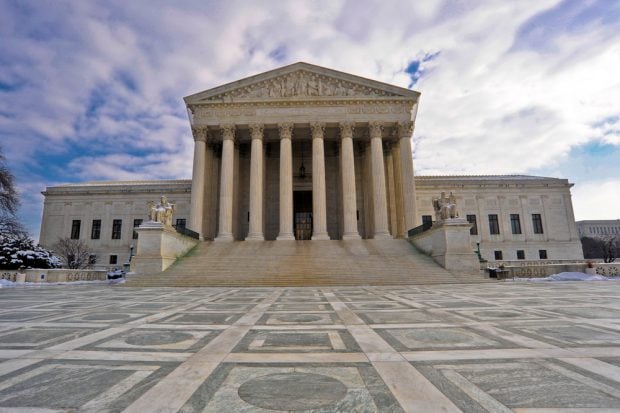President Obama has signed legislation that reauthorizes theNational Flood Insurance Program until Sept. 30, 2017.
|The signing late Friday marks the first time since 2004 that anew NFIP reauthorization has gone into effect, and ends a politicalstalemate that began in 2007, when debate opened in the House onlegislation that would replace the NFIP reauthorization legislationenacted in 2003.
|The program has been extended for short intervals 17 times sinceits authorization first ran out Sept. 30, 2008, according to datacompiled by officials of the House Financial ServicesCommittee.
|The program temporarily lost authorization four times, mostly in2011, resulting in postponement of house sale closings incommunities where flood insurance is mandatory for 53 days,according to the FSC and industry officials.
|The bill is Title II of H.R. 4348, the Surface TransportationExtension Act of 2012.
|Key highlights include allowing the Federal Emergency ManagementAgency to raise rates a maximum of 20 percent annually, as comparedto 10 percent annually under the current program.
|It also mandates that owners of second homes, properties withrepetitive flood claims and commercial properties will go up 20%over the next five years, raising them to actuarially-adjustedfees. That will be effective July 1.
|The bill reiterates FEMA's authority to buy private reinsuranceto back the program, which is aimed at reducing FEMA's reliance onTreasury loans to fund the program.
|The reforms are projected to generate an additional $2.7 billionin new revenues over 10 years, according to the CongressionalBudget Office.
|Despite the sigh of relief that long-term certainty has beenachieved, insurance industry officials are privately voicingconcern about two areas of the bill.
|One is removal of a provision that mandated that homeowners wholive behind levees and other flood control structures buy floodinsurance.
|The other is the provision raising rates to market level withinfour years on second homes and vacation properties.
|The concern is that allowing homeowners and businesses situated in areas behind levees to escape paying into the programwill reduce revenues, and that those being forced to pay marketrates for second homes and vacation properties will decide to buyprivate insurance.
|That will rob the program of needed revenues, and throw off thecalculations used by the CBO to project higher revenues through thereforms included in the program, the officials said.
|They asked not to be identified because the charged politicalatmosphere in Washington makes industry officials hesitant to voiceconcerns for the record.
|This article was originally posted at PropertyCasualty360, asister site of Credit Union Times.
Complete your profile to continue reading and get FREE access to CUTimes.com, part of your ALM digital membership.
Your access to unlimited CUTimes.com content isn’t changing.
Once you are an ALM digital member, you’ll receive:
- Critical CUTimes.com information including comprehensive product and service provider listings via the Marketplace Directory, CU Careers, resources from industry leaders, webcasts, and breaking news, analysis and more with our informative Newsletters.
- Exclusive discounts on ALM and CU Times events.
- Access to other award-winning ALM websites including Law.com and GlobeSt.com.
Already have an account? Sign In
© 2024 ALM Global, LLC, All Rights Reserved. Request academic re-use from www.copyright.com. All other uses, submit a request to [email protected]. For more information visit Asset & Logo Licensing.









